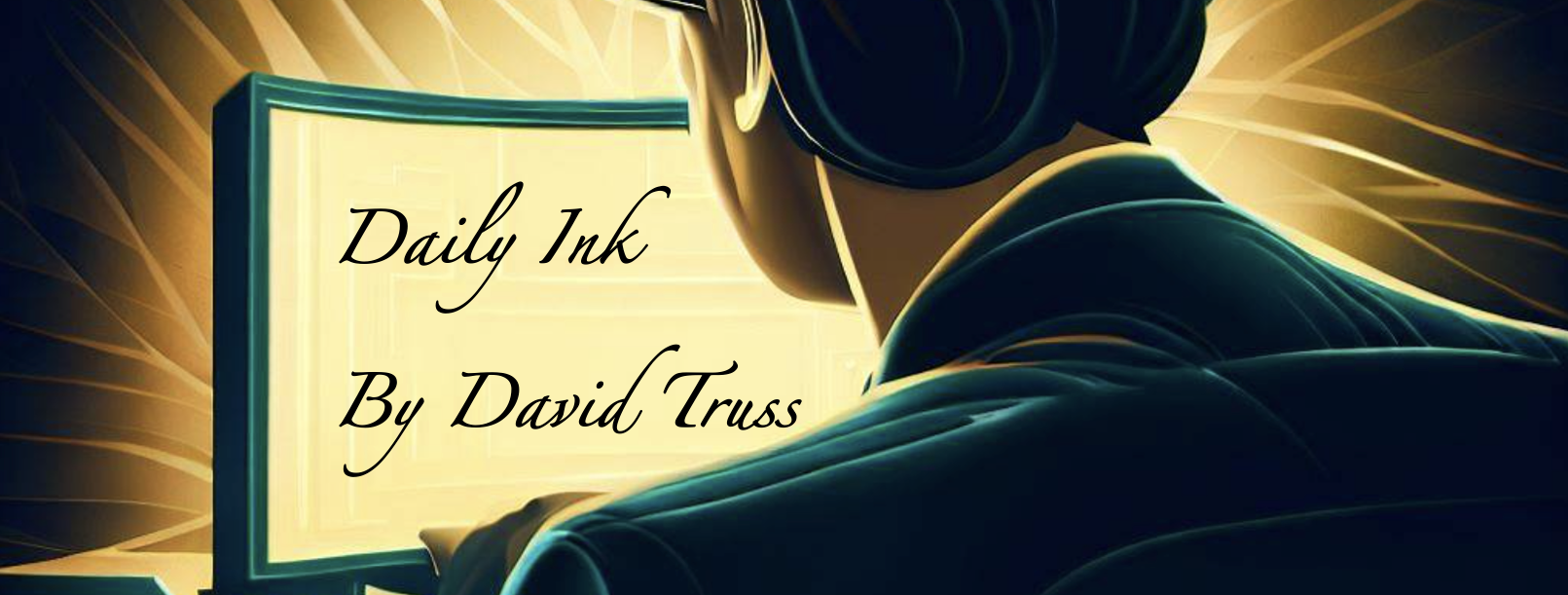The afternoon I went down a very dark rabbit hole. First I read a tweet from an influential twitter profile that grossly miss-communicated some data comparing the flu to COVID-19, making it look like this coronavirus was only a threat to those over the age of 60. This tweet went to her 2.2 million followers. Then I went to another public figure’s tweet that was very controversial and did something I almost never do, I went to the tweet and read the conversation/reply thread that followed. Wow. I remember now why I don’t usually do this.
It was dark. It showed the bipolar divide that I spoke about in my post, Ideas on a Spectrum. It was nasty, it was mean, it was ignorant, it was a complete waste of my time. It achieved nothing. Not for me, not for anyone that commented. The lines were drawn and both sides could only preach to their side.
I’m glad that this isn’t my typical experience on Twitter. I’m sorry for those that spend a lot of time in this sad, angry space on both Twitter and Facebook. I’ll happily go back to my world of educators geeking out, sharing, and learning on Twitter… and I’ll stay there for a while. A word of advice as we spend more time at home, more connected than usual to news and our social streams: Keep away from the rabbit holes and check your sources for news and for click-bait headlines.
A while back I wrote about a new tragedy of the commons. In this post I said,
Indeed we have a new, social-emotional, tragedy of the commons. Despite our understanding that perpetuating the onslaught of negative news is, ‘contrary to [our] long-term best interests’, we still do it. And social media isn’t making things any better. We used to be able to blame the media monopolies and moguls, but now we are the news-makers: We publish freely, and quickly and without thought as to how we are part of the problem.
We don’t need to feed this negative loop, and we don’t need to feed on it either.




















